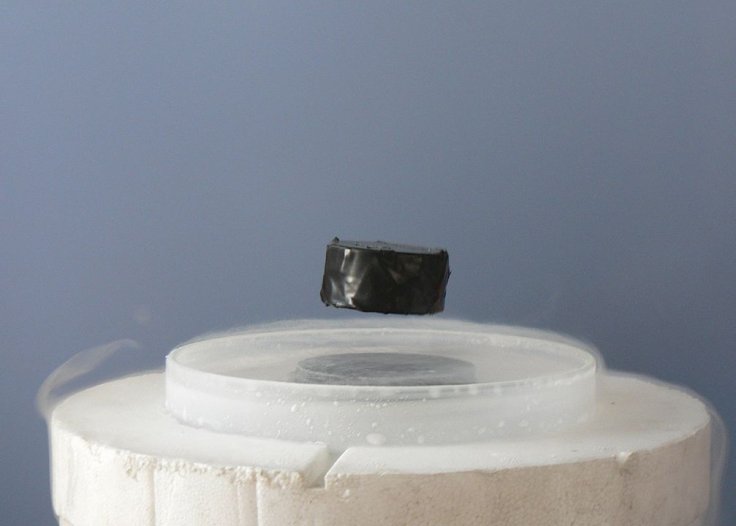Scientists have long searched for a material that is superconductive. While there has been a few successes, achieving superconductivity at room temperature has been elusive. But now, scientists have created a material that can conduct electricity efficiently at close to room temperature up to 15° Celsius or 59° Fahrenheit.
Until now, achieving superconductivity met with temperature difficulties. It took temperature way below zero degrees to avoid resistance. But the new material that scientists have discovered has the potential to be game-changing. The research paper was published in the journal Nature on October 14.
What is Superconductivity?
Materials that can conduct electricity aren't efficient. Metal wires that are in use today conduct electricity. But with resistance, they generate heat and a lot of energy gets wasted. For example, silver is the most conductive metal that is used today. But even it has a resistance of 1.59×10-8 Ωm (Ohm) at 20° C.

By definition, it is the ability to conduct an electrical current without any resistance at low atmospheric pressure. The phenomenon was first observed by Dutch scientist HK Onnes in 1911 when he found that mercury at 4° Kelvin (-452° F or -269° C) could conduct electricity without resistance.
Superconductors may not be used in everyday life. But it has great importance in technology. For example, the performance of magnetic resonance imaging (MRI) machines, mobile-phone towers and even wind-turbine generators can be boosted by superconductive material. But at present, such material needs to be kept cold.
"Because of the limits of low temperature, materials with such extraordinary properties have not quite transformed the world in the way that many might have imagined," Dr Ranga Dias from the University of Rochester in New York told the BBC.
Mysterious Material
Such superconductive material will have serious applications in the electronics industry as it can conduct electricity efficiently without overheating. The material that scientists created was a mixture of carbon, hydrogen and sulfur. Dias and his colleagues including Dr Ashkan Salamat, a physicist from the University of Nevada, Las Vegas, kept the mixture under a microscope between two diamond tips. When they hit the mixture with a laser, a crystal formed and as they lowered the temperature, the material achieved superconductivity.

As scientists found increased the pressure, they found that the best result was at 14.55° C (287.7 kelvin) at 267 gigapascals that is 2.6 million times of the atmospheric pressure at sea level. That also limits the practical usefulness of the new material.
Scientists also warn that much about the material is still not known including the exact structure and chemical formula. "As you go to higher pressures, the sample size gets smaller. That's what makes these types of measurements really challenging," said Salamat.
Dr Dias said that the aim now is to find a way to make it superconductive at lower pressures. That way, making it available for an industrial purpose will be economical. While the material may not be available for industrial use, it does open up a new avenue for researchers. The addition of the third element in the compound also broadens the combination. "We've opened a whole new region of exploration," Salamat said.
If the material can achieve superconductivity at room temperature at atmospheric pressure, it will have various applications including faster and efficient electronics. "With this kind of technology, you can take society into a superconducting society where you'll never need things like batteries again," Salamat said.









